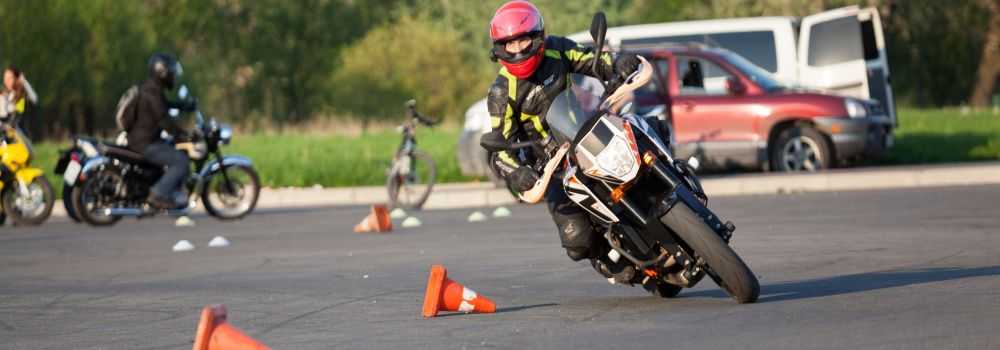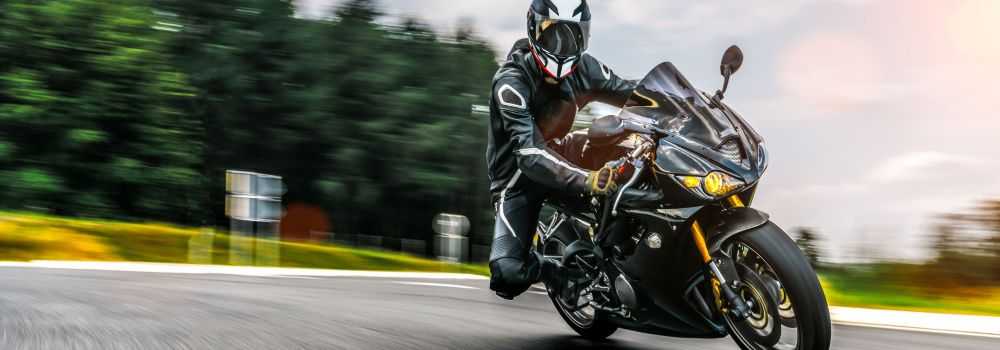
5 Tips To Help You Prepare For Your Practical Motorcycle Test
So, you’ve passed your motorcycle Compulsory Basic Training and have completed the theory test to a passing standard, thus meaning that the practical motorcycle test is the final pillar standing between you and freedom on the roads with your two-wheeled machine.
Whether it be the A1, A2 or A practical test they are all the same, however, the way you would approach your test would depend if you have already passed a previous test.
For example, if you already have your A1 or A2 test and are looking to graduate to either the A2 (if you hold A1) or A2 (if you hold A2 or are looking to directly progress from A1) licenses, you only need to complete the practical test for the next level of your motorcycle entitlement, the CBT and theory test does not need to be completed again.
If you are looking to pass either your A1, A2 or full A license for the first time then a CBT and passed theory test will be required.
The motorcycle practical test is split into two separate parts, Module 1 and Module 2. These different tests will test your riding in a closed course before evaluating how you ride on the roads, they can be taken on different days to one another however both must be passed in order to complete the motorcycle riding test.
Failing this test can be incredibly easy, picking up 11 minor faults or just one serious fault will fail the test, 10 minor faults are the absolute limit.
See how much you can save
Compare quotes from 37 insurers
Module 1
Module One is a course based on car park and road riding with the intention of testing and developing the skills required for slower manoeuvres on a bigger motorcycle, it will be based on a closed test track normally at the DVSA centre.
The rider will need to show an ability to complete five slow speed and three high-speed exercises and skills, these are as follows:
Slow speed:
- Parking
- Manual handling
- Slalom to figure of 8
- Slower controlled ride
- U-Turn
High Speed:
- Controlled stop
- Emergency stop
- Avoidance
If the rider has previously ridden on a road, these will not be alien to them, however they must be able to demonstrate that they can maintain control and do the relevant safety checks when executing these manoeuvres including mirror checks, live savers and using neutral when the bike is stopped.
The test is relatively fast taking a maximum of 30 minutes, you are given a tolerance of 5 minor faults for failure but one major will automatically fail your test.


Module 2
Module two is the final stage in the process, this is where you go out on the road and prove you are capable of riding the motorcycle to an acceptable standard on the road, this also includes angled and hill starts and independent riding.
It starts with an eyesight test, if failed the test will fail instantly and you will have to retake the test.
It is important to be able to prove that you are in full control of the motorcycle, making use of your mirrors, lifesaver checks and maintaining a two-second gap to the vehicle in front of you.
Minor faults are limited to 10 on this test and can be small things from road positioning and indicating all the way up to observational issues. You only need one major fault to fail the test, this includes not performing lifesaver checks, causing other vehicles to brake or swerve and not observing the highway code.
It sounds scary, but if you can prove you can ride well using common sense, you will not face any issues.

5 Top Tips
Shoulder check
The shoulder check or ‘lifesaver’ as it is commonly known is one of the most important aspects of riding a motorcycle, the manoeuvre includes a quick glance over the shoulder before making a move to check your blind spot for obstacles such as pedestrians, cyclists and other motorists. This could be when you are leaving a roundabout, turning into a junction or merging onto a motorway or dual carriageway.
Missing one or two will not fail you your test but you are likely to pick up a minor for this, forget to do it too many times and this minor could convert into a major fault and fail you your test.
Listen to the bike
During the module 1 part of your test you will be tested on your ability to complete manoeuvres in a closed course, some of which at high speed, therefore it is a wise idea to get a feel for the engine note in a particular gear at a particular speed, this will stop you from clock watching your speedo whilst performing these manoeuvres and instead focus on the task in hand.
Making bike insurance easy since 2006
Maintain a two-second gap
This may not fail you your test, but could cause you to crash if you do not stay alert at how close you are to the vehicles around and ahead of you. It is important to maintain at least two seconds to the vehicle ahead of you to be able to react and avoid any hazards that may occur whilst also maintaining a good view of the road past the vehicle ahead.
Keep your eye on the indicators
It’s very common to accidentally leave your indicators clicking away long after you have turned into a junction or made use of them, everyone does it.
Leaving them on in your test could eventually lead to a major fault if deemed serious enough, you may be able to forget about them once or twice and pick up minor points for these however if you were to ride past a junction with your indicators ticking away, you would fail the test due to a major fault.
Speed limits
This one goes without saying, follow the speed limit. It’s not rocket science and could very easily fail you your riding test.
Hopefully, this information has been useful and will aid you to pass your riding test.
Good luck!
